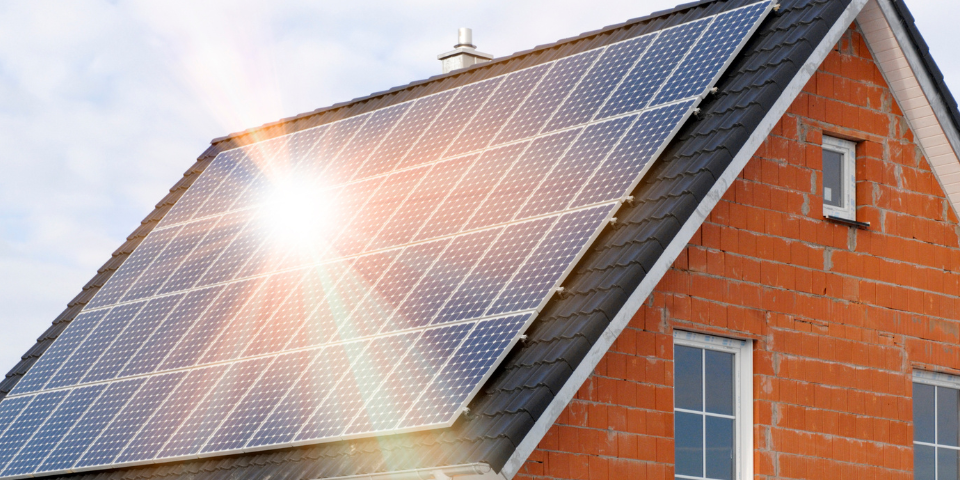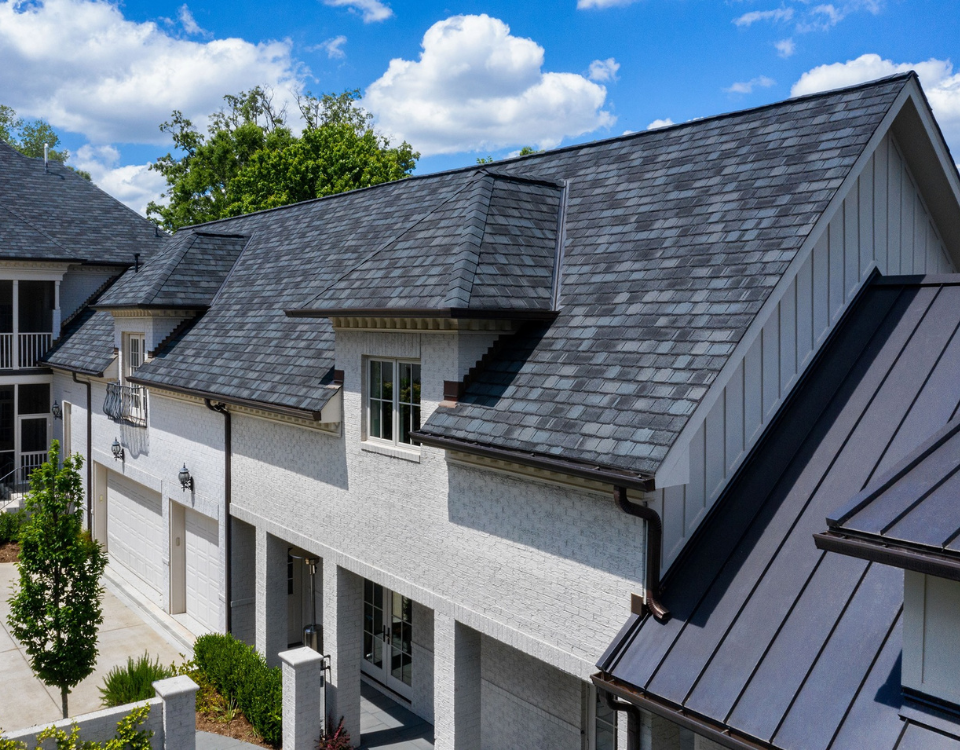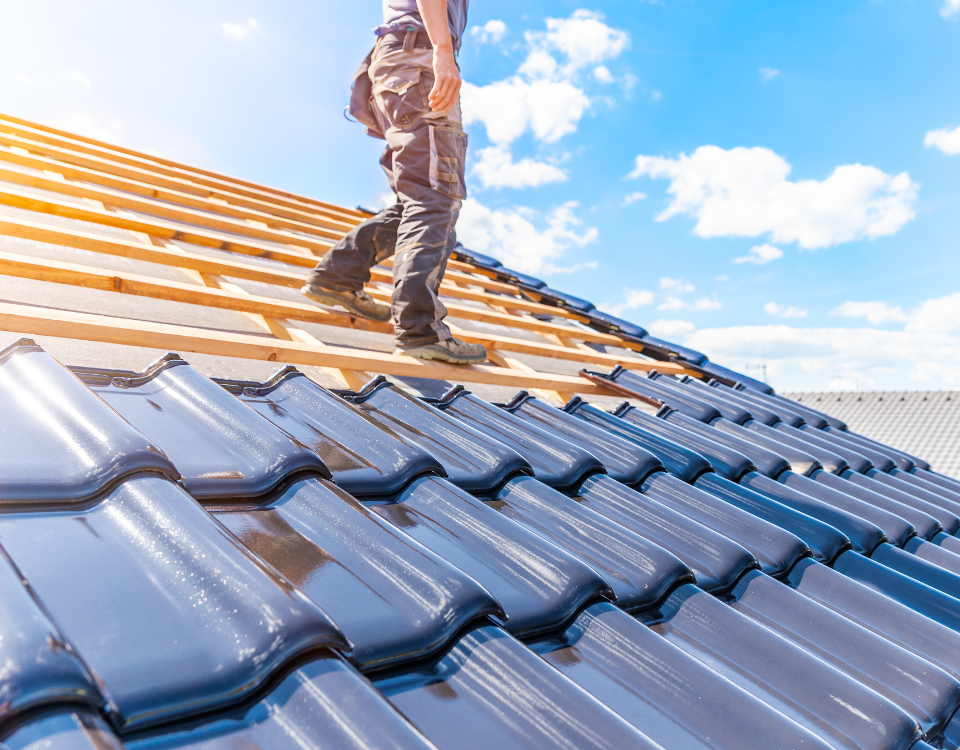
Summer Roof Maintenance Tips
May 15, 2025Why a Cool Roof Matters in the Summer
The roof of your home absorbs more sunlight than any other part, making it a significant source of heat gain. This not only raises your energy bills but also puts extra strain on your HVAC system. A cool roof can help reduce this heat load, lower your cooling costs, and extend the lifespan of your roof.
Related Reading: What Are the Best Roofing Shingles | Roof Maintenance
Choosing the Right Roofing Materials for a Cooler Home
If you’re considering a new roof, the choice of materials can significantly impact how cool your roof stays in the summer.
- Light-Colored Shingles: Lighter colors like white, light gray, and beige reflect more sunlight, reducing heat absorption.
- Reflective Shingles: Consider installing reflective shingles that come with built-in solar-reflective granules, effectively reflecting more of the sun’s energy.
- Metal Roofing: Metal roofs are naturally reflective and can reduce roof temperatures by up to 50°F compared to asphalt shingles.
- Cool Roof Coatings: Adding a cool roof coating can enhance the reflective properties of your existing roof, lowering the surface temperature.
Related Reading: What Are the Best Roofing Shingles | Summer Roof Maintenance Tips
Solar Options for Maximum Energy Efficiency
Adding solar options can reduce your cooling costs while generating renewable energy.
- Traditional Solar Panels: These are mounted over your existing roof and can extend the life of your roof by shielding it from direct sunlight and weather.
- Solar Shingles: If you prefer a more seamless look, solar shingles blend in with traditional roofing materials while generating power. These are a great option for homeowners who want a clean, modern appearance without the bulk of traditional panels.
- Energy Savings: Both options reduce your carbon footprint and may even allow you to sell excess power back to the grid.
Related Reading: How to Know If Your Roof is Energy Efficient
Boost the Shade Around Your Home
Shading your roof can significantly reduce heat gain, especially during peak summer months.
- Plant Shade Trees: Large, strategically placed trees can reduce the temperature on your roof by blocking direct sunlight. Just be mindful of root systems and branch overhangs that can cause damage.
- Pergolas and Awnings: For more controlled shade, consider adding pergolas or awnings to block sunlight from hitting your roof directly.
- Solar Screens: Installing solar screens on upper-story windows can reduce indoor heat without interfering with your roof structure.
Related Reading: Trim Tree Limbs Growing Over the Roof | When to Get a New Roof
Insulate Your Attic for Maximum Cooling
A well-insulated attic acts as a buffer against extreme roof temperatures.
- Radiant Barriers: These are reflective materials installed in the attic to reduce summer heat gain, potentially lowering cooling costs by 10-15%.
- Attic Ventilation: Proper ventilation reduces heat buildup and extends the life of your roofing materials.
- Spray Foam Insulation: This option can seal gaps and cracks, improving overall energy efficiency and reducing cooling costs.
Related Reading: Roof Leaks – Are They Signs to Repair or Replace? | When to Get a New Roof
Consider a Cool Roof Upgrade
If you’re planning to replace your roof soon, consider installing a cool roof. These systems are specifically designed to reflect more sunlight and absorb less heat.
- Benefits of Cool Roofs: Reduced energy costs, improved indoor comfort, and longer roof lifespan.
- Available Options: Cool asphalt shingles, reflective tiles, and metal roofing with high solar reflectance.
- Long-Term Savings: Lower cooling bills and potentially higher property resale value.
Related Reading: What Are the Best Roofing Shingles | Roofing 101 – The Most Common Roof Questions Answered





